Rack focus is a camera technique that is commonly used in filmmaking to change the focus of a shot from one object to another. IF you want a definition, in film rack focus refers to the technique that involves changing the focal distance of a lens, which causes the background or foreground of the shot to become blurry as the focus shifts. Rack focus is often used to create a sense of depth and to draw the audience’s attention to a specific object or character in the scene. Here we get into the details of how to accomplish the technique and some rack focus examples in films and what they say about the use of it by different filmmakers.
To achieve a rack focus, filmmakers use a technique known as pulling focus. This involves adjusting the focus of the camera lens while filming to bring one object into focus while simultaneously blurring another object in the foreground or background. Pulling focus is usually done using a follow focus system, which is a device that allows the camera operator to smoothly and precisely adjust the focus of the lens. It can be done without such a device or system, but it can be difficult to achieve accuracy without using assistance. No one likes to see something slightly out of focus in a professionally-done film.
Here is an example of rack focus in Breaking Bad. This simple example juxtaposes the emotion on Jesse’s face with the gun he is using to kill a person.
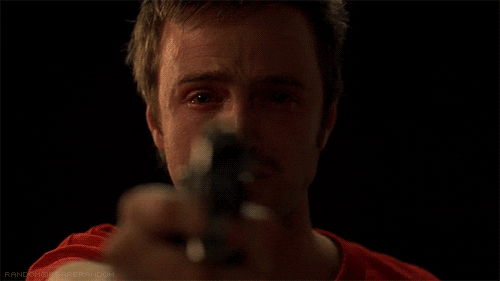
Here is a rack focus example from the short horror film 2AM: The Smiling Man. This is another simple example of carrying the focus from one thing to another. In this case, from the protagonist to the person/creature that is pursuing him. That along with music cues and lighting signal to the audience the suspense that is intended in the scene.
Rack focus is just one of many tools of the trade. Crafting movies is a complex and challenging task that requires filmmakers to understand a wealth of techniques and skills. Pre-production necessitates them to manage tasks such as storyboarding, scriptwriting, casting, set design, and location scouting. During production, they must concentrate on capturing the right composition (which implements high and low angle shots, aerial shots, and so many more), focus-pulling techniques like rack focus and split diopter shots, lighting, camera movement, sound recording, and directing actors. After production, they must edit, color grade, design sound, add visual effects, and compose music. The process involves understanding different film formats, aspect ratios, lenses, audio equipment, and digital software tools, as well as mastering time management and comprehending the length of the filmmaking process in every part of it. Additionally, they must have knowledge of storytelling, character development, genre and what that means, pacing, and audience expectations, as all of these elements come together to create an engaging cinematic experience for viewers.
How to Create a Rack Focus Shot
- Set up your shot: Determine the objects or areas you want to focus on and where they are in the frame. Plan your camera movement and any other elements of the shot.
- Set your camera settings: Adjust your camera’s aperture and shutter speed to allow for the desired depth of field. A shallow depth of field will make it easier to create a smooth rack focus shot.
- Set your focus marks: Mark the positions in the shot where you want to focus. This will help you achieve a smooth transition between the focus points. Most professionals will use a follow focus system for all of this, but it is possible to create a rack focus shot with an additional system. See below for some tips.
- Start recording: Begin filming the shot, starting with one object or area in focus.
- Shift the focus: As you move the camera or the subject moves, smoothly adjust the focus to the other object or area.
- End the shot: When you’ve reached your desired focus point, end the shot.
- Review the footage: Check the footage to make sure the focus transition is smooth and that the shot achieves the desired effect.
Tips for creating a rack focus shot when not using a follow focus system (pulling focus manually):
- Use string. To avoid the need for pulling focus at all, a simple solution is to ensure that your talent is consistently at the same distance from the camera. One DIY method that is incredibly simple and cost-effective involves using a string. Attach one end of the string to yourself and the other end to your talent.
- Use focus peaking. Peaking is available on most cameras and can be relied on heavily for assisting when pulling focus.
- Use tape or a dry erase marker on the lens barrel: Mark the lens barrel with tape or a dry erase marker to indicate your focus points. This can be a simple and effective way to create focus marks without any additional equipment.
- Use a focusing aid: Hold a small object, such as a pen or a piece of paper, in front of the camera and move it back and forth between the focus points. This can help you visually judge the focus and make adjustments as needed.
Rack Focus Examples (Horror Edition)
Army of the Dead: One of the most prominent modern examples is Zack Snyder’s Army of the Dead, which uses very shallow depth of field throughout the film. Using a shallow depth of field often means a need for rack focus in order to tilt the focus from one object to another within the same scene. Here in one of many rack focus examples found in the movie, you can see a significant example at the beginning of this clip of Army of the Dead.
mother!: Here we have Jennifer Lawrence walking through her house and confronting numerous annoying, belligerent guests. The camera is following her and the people she confronts in each room. Notice the various instances of her confronting someone in this rack focus example, where the focus shifts over and over again with each person. Done in this way, it creates a sort of jarring, chaotic feel to the scene which contributes to the intention of the filmmakers. Many people are in need of her focus, which makes it overwhelming.
Hereditary: The scene of Peter having a breakdown and breaking his nose in the classroom. When he awkwardly raises his hand, the camera rack focuses to the teacher calling on him, as well as his classmates. It very effectively builds the tension. We see the teacher and classmates begin to react to his appearance before we see what is happening to him, his face, and body.
Hereditary: Another classroom scene in the movie in this rack focus example. The camera is focused on Charlie, then rack focuses to the window where a bird flies into it, then focuses again on Charlie.
Last Updated on May 6, 2023.

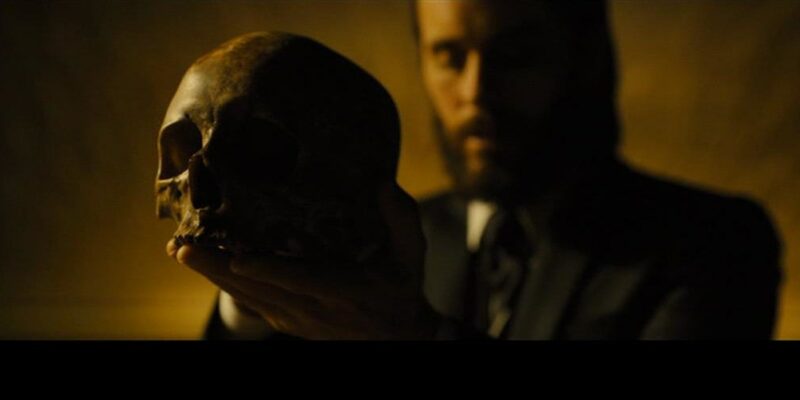
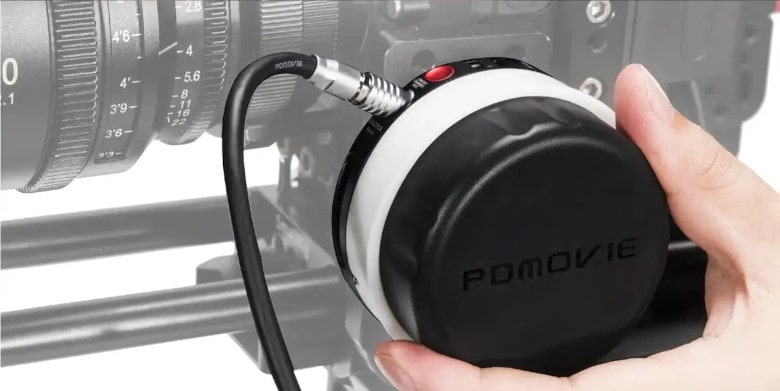
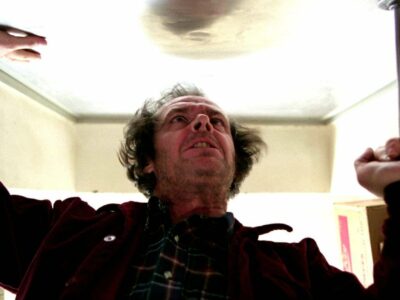
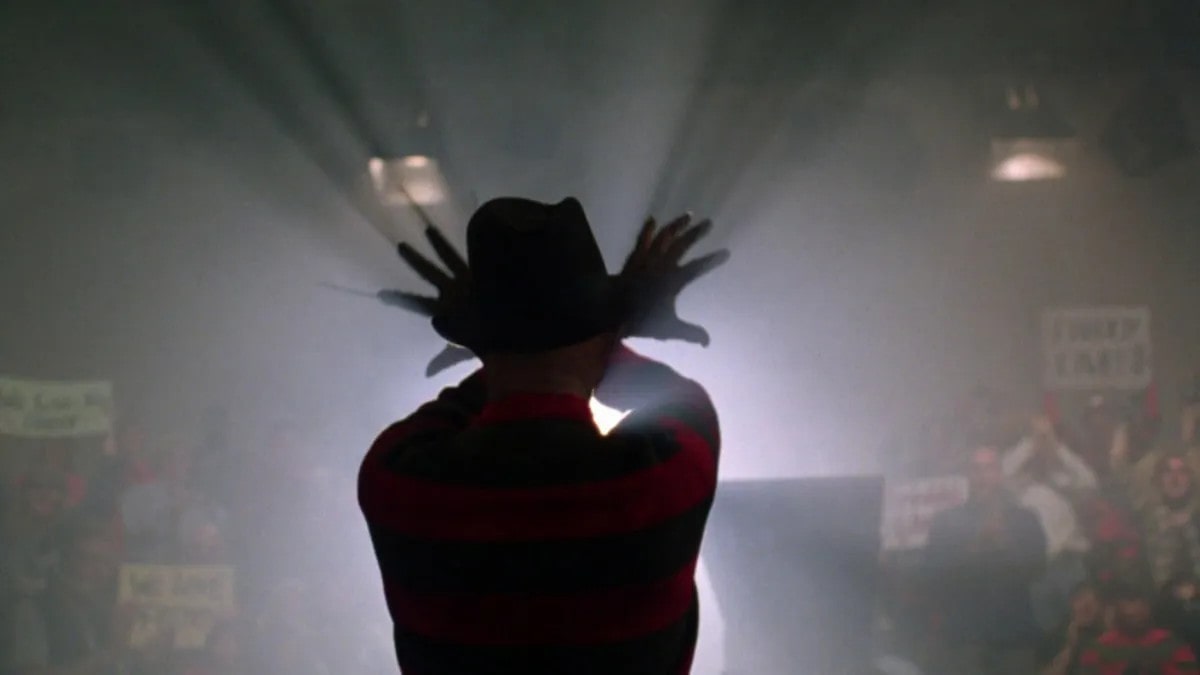
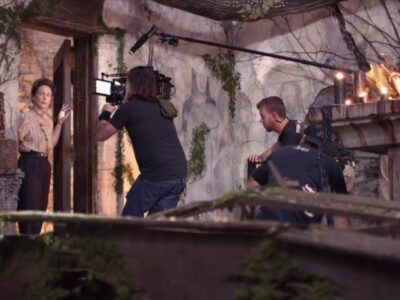
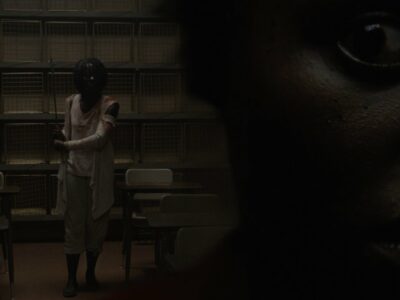



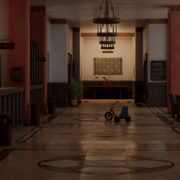






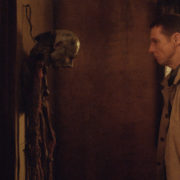

[…] discussion of high and low angle shots) concepts of focus pulling such as split diopter shots and rack focus, components of movie lighting, camera movement, sound recording, and directing actors. […]